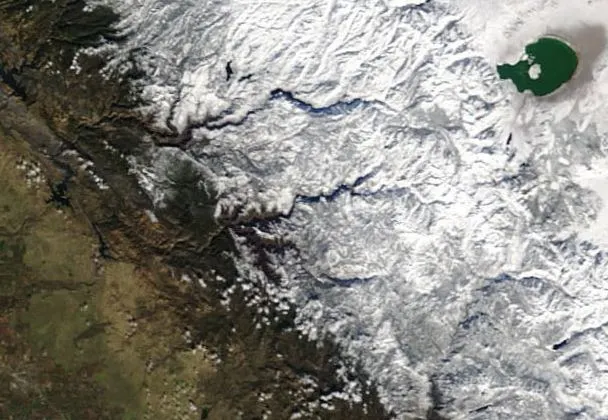
Microplastics detected in North American mountain snows
With each passing years, new studies reveal a world more polluted by microplastics than previously believed.
Our civilization has produced a lot of plastic products, and 2019 was replete with stories about microplastics being found in more and more parts of our environment.
Not only are they all over the place, they're also very well travelled. In August this year, a new study announced they were present in Arctic ice (specifically, in Lancaster Sound in Canada's Arctic). That same month, a U.S. survey of the Rocky Mountains found microplastics in 90 per cent of their samples -- the stuff had been literally raining from the sky.
If it's appearing in rain, it's obviously not beyond the realm of possibility that it would appear in snow, and indeed, surveys of snow in the Alps and on offshore ice between Greenland and Norway have found microplastic traces -- the with Alps' samples being around 14 times more concentrated.
Now, researchers who examined the snows of California's Sierra Nevada, say they've found traces of the stuff there as well.
"Microplastic particles were identified visually and categorized based on shape, size, and coloUr," reads the abstract of a presentation of the results at a meeting of the American Geophysical Union Thursday. "Initial results demonstrate microplastic contamination of Sierra Nevada snow, with a dominance of microfibers."
The research was put together by researchers from Nevada's Desert Research Institute.
The idea of microplastics being found in the Sierra Nevada, far from major populated areas, isn't surprising, when you consider that they can be carried hundreds of kilometres by the wind. We don't have any data on how much microplastics to expect in Canadian snows outside of the Arctic, but it's likely only a matter of time, given how much more seriously the issue is being studied now.
